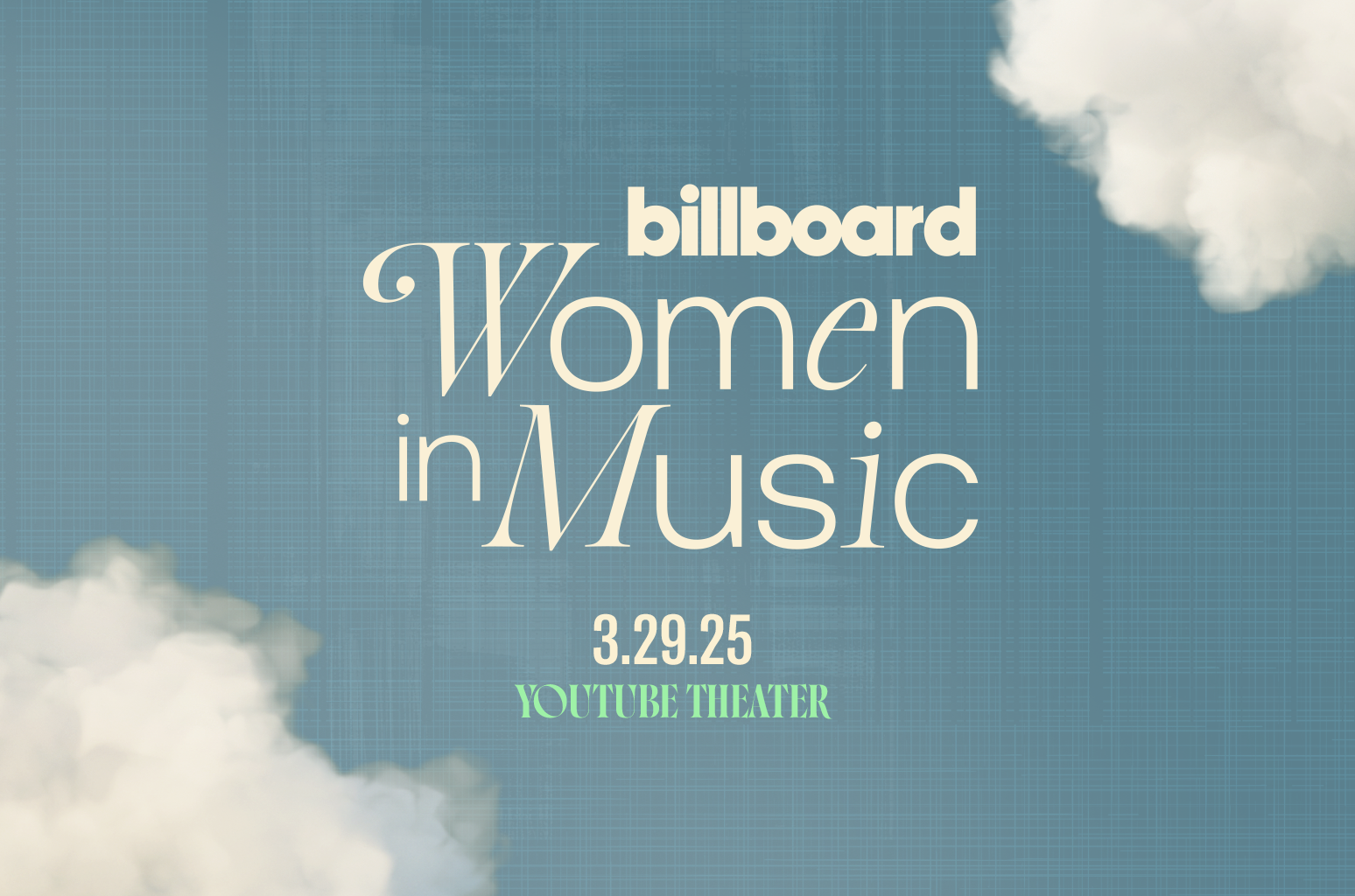In the ever-evolving world of music, trends rise and fall with lightning speed. What’s hot one week may be forgotten the next. But one constant continues to serve as a barometer for success in the industry: the Bill Board chart. For decades, this chart has stood as the gold standard for measuring musical popularity, providing insight into what’s resonating with audiences across the globe.
In 2025, the relevance of the Bill Board chart remains stronger than ever, thanks in part to its ability to adapt to digital trends, incorporate streaming data, and embrace the diversity of modern music genres. Whether you’re an emerging indie artist or a global superstar, cracking the Bill Board rankings can change your career overnight.
The Evolution of the Bill Board Chart
The Bill Board chart — formally known as the Billboard Hot 100 and Billboard 200 — started as a way to rank the most popular songs and albums in the United States. Early on, rankings were determined primarily by sales and radio airplay. But over time, as the music industry changed, so did the methodology behind the chart.
With the rise of digital downloads in the early 2000s and the explosion of streaming platforms in the 2010s, Bill Board began to incorporate digital metrics into its formula. Today, in 2025, the chart uses a complex algorithm that factors in traditional sales, digital purchases, radio airplay, YouTube views, TikTok virality, and—most importantly—streaming figures from platforms like Spotify, Apple Music, and Amazon Music.
This multifaceted approach allows the Bill Board chart to provide a more accurate representation of what people are actually listening to. And because of this, it’s become more relevant than ever—not just in the United States, but globally.
Global Reach and Cultural Impact
The influence of the Bill Board chart is no longer confined to North America. In recent years, the publication has expanded its reach by creating region-specific charts and even launching global rankings like the Billboard Global 200, which factors in worldwide streams and sales.
This international perspective has opened the door for artists from all over the globe to make their mark. Latin artists like Bad Bunny and Karol G have topped the charts alongside K-pop sensations like BTS and BLACKPINK, showing how the global music community is more interconnected than ever before.
Artists who once might have struggled to gain attention outside their home countries are now vying for top spots on the Bill Board charts, and the exposure that comes with that success is unparalleled.
How Artists Leverage a Bill Board Hit
Scoring a hit on the Bill Board chart can be transformative. Not only does it boost an artist’s credibility, but it can also lead to increased album sales, better tour opportunities, more lucrative brand deals, and even award nominations.
For up-and-coming musicians, breaking into the Bill Board chart is often the first step toward mainstream success. Social media virality—especially on platforms like TikTok—has given independent artists a new avenue to chart without the need for major label backing.
Take, for instance, the recent success story of indie pop artist Jamie Lane. Virtually unknown at the start of 2024, Jamie’s track “Digital Bloom” went viral on TikTok thanks to a popular dance trend. Within a month, the song shot up the Bill Board Hot 100, landing in the top 10 and leading to a record deal, late-night show appearances, and a sold-out tour across the U.S.
The Bill Board chart serves as a validation tool—not just for fans and the industry, but also for the artists themselves.
The Role of Technology in Shaping the Rankings
The way we consume music has changed dramatically in the last decade, and Bill Board has adapted alongside these changes. Streaming, of course, is king in 2025. Services like Spotify and Apple Music have fundamentally altered the way people listen to and discover new songs.
But it’s not just about streams. Algorithms now track engagement metrics like playlist placements, skip rates, and listener retention. The Bill Board chart takes all of these factors into account, ensuring that it reflects not just what’s being played, but what’s being enjoyed.
Additionally, AI and machine learning tools now assist record labels in predicting chart success before a song is even released. This has led to smarter marketing campaigns and release strategies specifically aimed at climbing the Bill Board ladder.
Criticisms and Controversies
Despite its importance, the Bill Board chart is not without criticism. Some artists and fans argue that the metrics can be gamed, particularly when it comes to bundling strategies—like offering concert tickets or merchandise with album sales to inflate numbers.
In response, Bill Board has periodically updated its rules to prevent manipulation. In 2020, the publication cracked down on bundle deals. Since then, it has continued to tweak its formula to ensure fairness and transparency.
Another point of debate is the weight given to streaming versus traditional sales and radio play. While streaming offers a direct reflection of listener habits, critics argue that it may skew the chart too heavily in favor of younger demographics who dominate digital platforms.
Nonetheless, Bill Board has made continuous efforts to maintain the integrity of its charts, which is why it still holds so much authority in the music world today.
What’s Next for the Bill Board Chart?
Looking ahead, Bill Board is poised to evolve even further. With the rise of immersive technologies like virtual reality concerts and AI-generated music, the definition of a “hit song” may soon expand. There’s already talk of incorporating metrics from the metaverse—tracking performances on platforms like Fortnite and Roblox concerts, for instance.
Furthermore, as artificial intelligence begins to play a larger role in music creation and curation, Bill Board will likely need to address the challenge of how to rank songs created or assisted by machines. The future is murky, but one thing is clear: Bill Board is committed to staying at the forefront of these changes.
Conclusion
In a rapidly changing musical landscape, the Bill Board chart remains a guiding light. It reflects not just what people are listening to, but what’s influencing culture on a deeper level. From debut singles by indie artists to global anthems by megastars, the chart continues to be a dream destination for musicians everywhere.
For fans, it’s a way to track their favorite artists. For the industry, it’s a vital pulse check. And for the artists, it’s a milestone that can define careers. Whatever direction music heads next, one thing’s for sure—the Bill Board chart will be right there, keeping score.
To keep up with the latest music news, chart updates, and rising stars, be sure to check out the official Bill Board website.




